
Citizen Science Widening the Reach of Data Collection


Citizen Science Objectives
- Outline the requirements for the final field guide and construct the introduction page.
- List examples of activities citizen scientists can carry out to assist in developing science knowledge.
- Describe how citizen science has impacted knowledge about packrats.
The final portfolio was described in Guide 4B. You can head back there if you would like to watch the videos again.
Your final portfolio has 10 sections and is worth 20 points (20% of the course grade).
The portfolio is due Wednesday of final week (week #11) by 11:59 p.m. PST.
Introduction
You will be introduced to writing a introduction page in Module 10. Basically it is an overview to the portfolio format you have selected, including how your portfolio demonstrates achievement of course outcomes and how you may use the portfolio beyond this course.
Concepts
Three sections, each with a substantial body of work demonstrating understandings of:
Science Concepts
Biology Concepts
Environmental Biology Concepts
Skills
Three sections, each with a substantial body of work demonstrating the ability to carry out the processes used to develop science knowledge:
Science Skills
Biology Skills
Environmental Biology Skills
Connections
Three sections, each demonstrating ways science connects with the “real world” including other fields of study and everyday life:
Science Connections
Biology Connections
Environmental Biology Connections
You are providing evidence that you understand the concepts, can complete the skills, and make the connections listed above.
This is 20% of the course grade, fill each section with substantial evidence of your personal work.
If you reference any other work, cite the source.
Start this Guide’s Media Assignment here
Introduction Page
The final portfolio is due finals week #11 by Wednesday 11:59 p.m. P.T. The final portfolio will include 9 sections: 3 concept sections (science, biology, environmental biology); 3 skills (science, biology, environmental biology); and 3 connections (science, biology, environmental biology). It will also include an introduction page.
For this media assignment, you are writing the introduction page for the portfolio and uploading it to Canvas.

The introduction page explains the portfolio. Include in your introduction page:
-
a brief overview of the format you are using. For example: let the reader know that each page is a different section, or that there are three slides for each section, or a different video for each section, etc. This is a roadmap so the portfolio format makes sense. You can substitute this with a Table of Contents instead, if you prefer.
-
a brief description of how the portfolio demonstrates your achievement of course learning outcomes.
-
a brief description of how you could use the portfolio into the future.
Citizen Science
This guide will link what we have covered in the course to future teaching and learning adventures.

Citizen science at its most basic indicates that people are contributing to the building of new science knowledge even if it is not their primary career. In many cases, people are assisting on weekends and evenings out of interest and concern.
People have resources, access, ideas, and experiences that can advance knowledge significantly. And people bring passion to the research endeavor: they work in extreme conditions for long lengths of time if they are motivated by the topic or organism.
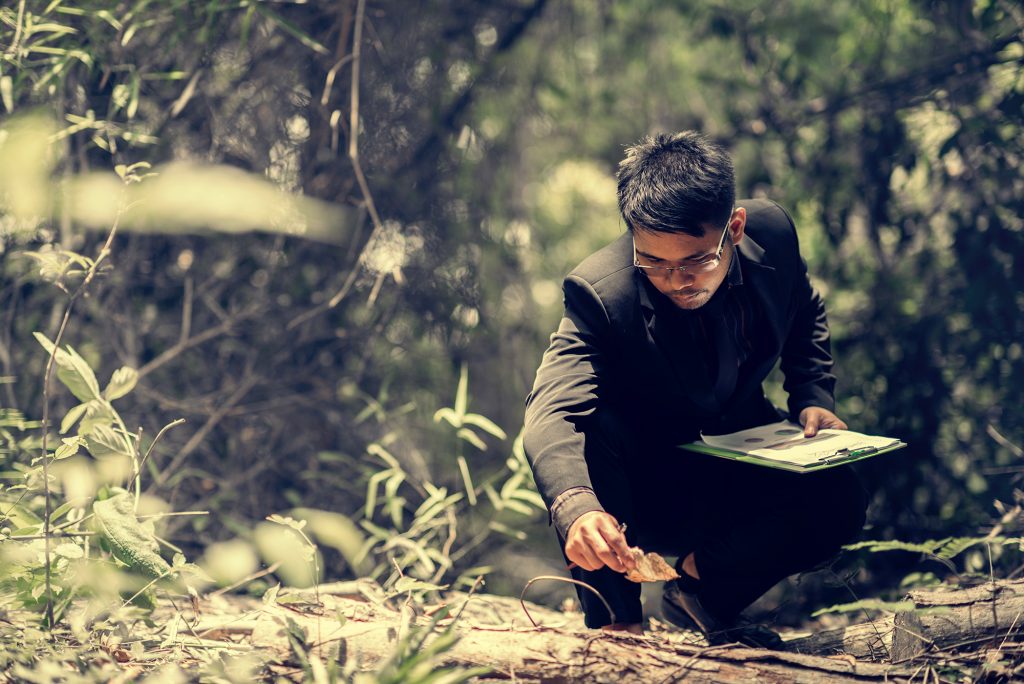

As we saw in Guide 8B, citizen scientists play a key role in combating white nose syndrome (WNS) in North American bats.
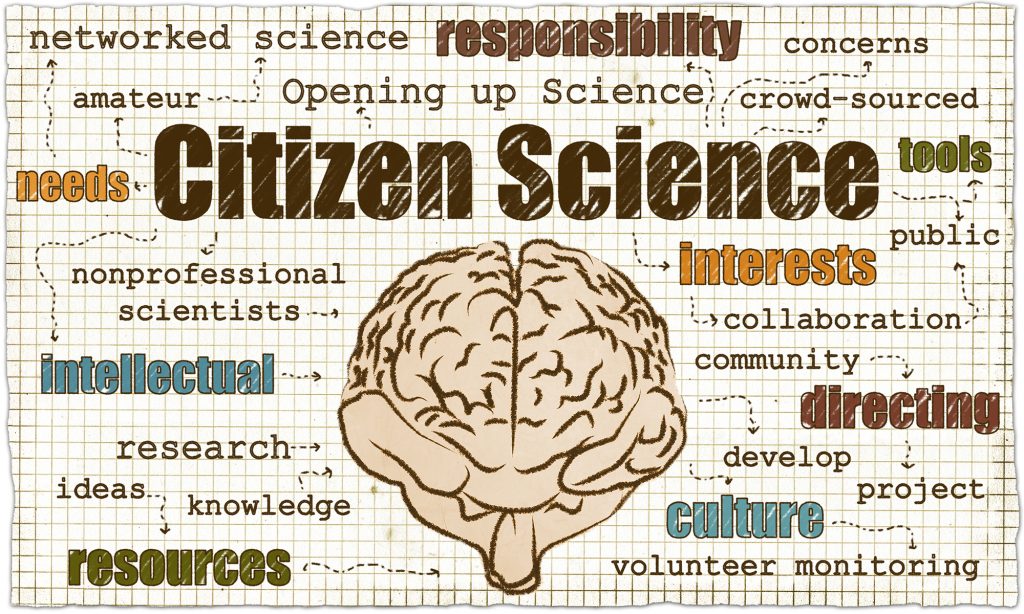
Citizen science activities include:
-
monitoring wild populations
-
collecting data on domesticated animals
-
contributing to and analyzing large data sets
-
providing labor and materials to support research projects
-
funding researchers through crowd sourcing
-
advocating for local and regional research projects
Citizen scientists have also played a key role in monitoring monarch butterfly populations and planting milkweed plants in gardens to support different life stages of the butterfly.

Citizen Science in Action
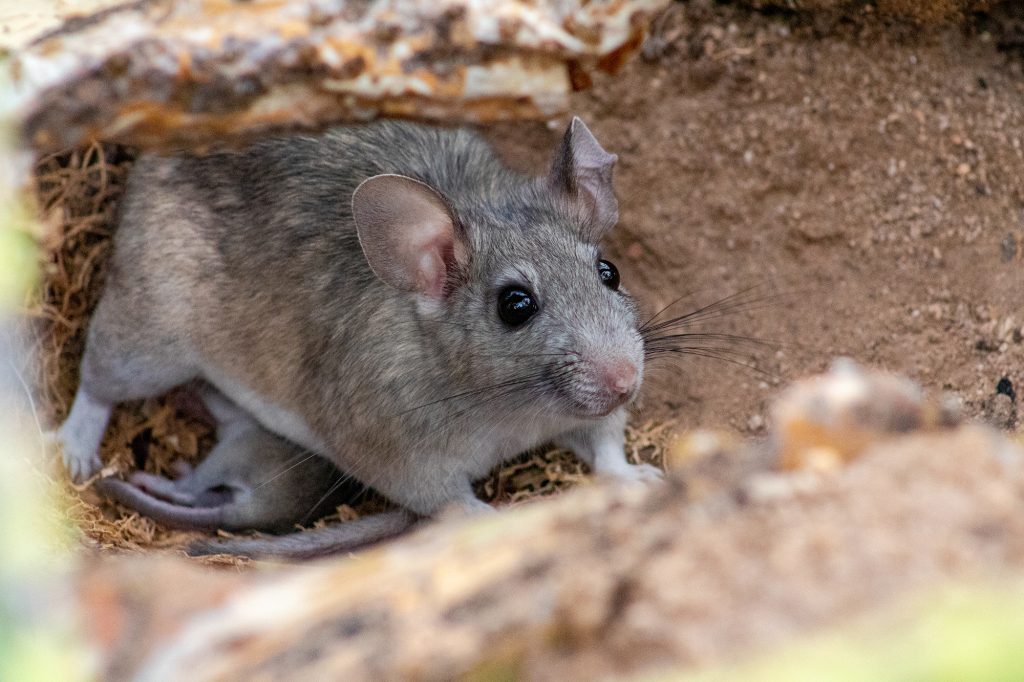
Packrats, also called wood rats, are not actually rats, but rodents in Genus Neotoma that are primarily found in deserts and grasslands of southwestern U.S. and Mexico. To survive in these harsh conditions, packrats have unique behaviors.
Packrats are opportunistic omnivores that have the unusual behavior of dropping whatever they are carrying when they come across something new. They are also attracted to shiny objects that they collect and take back to their elaborate multi-chambered nests.
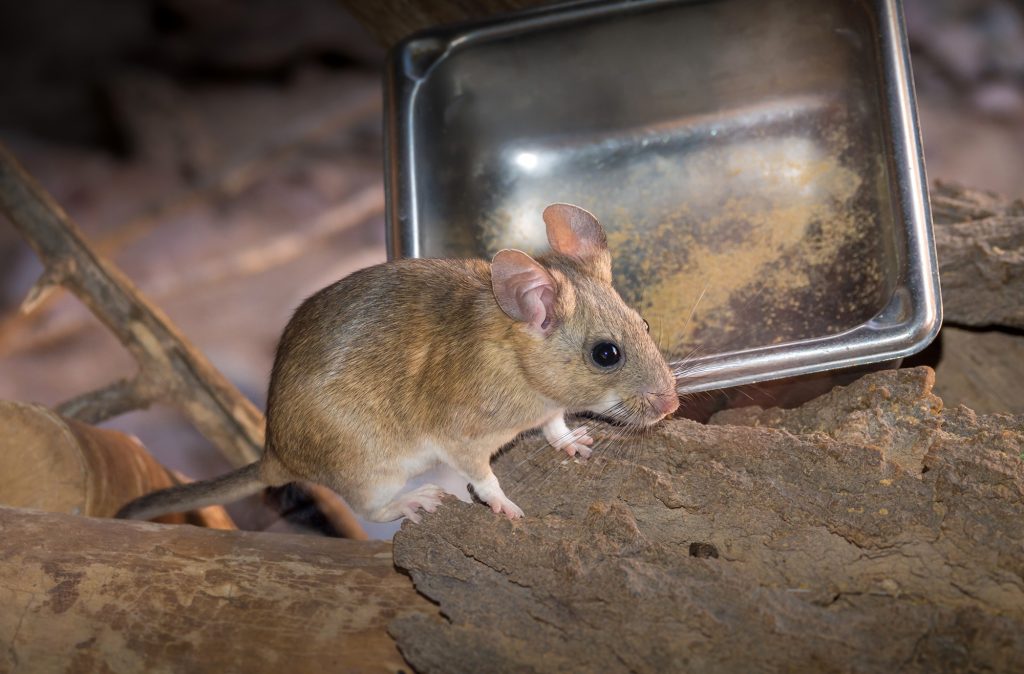
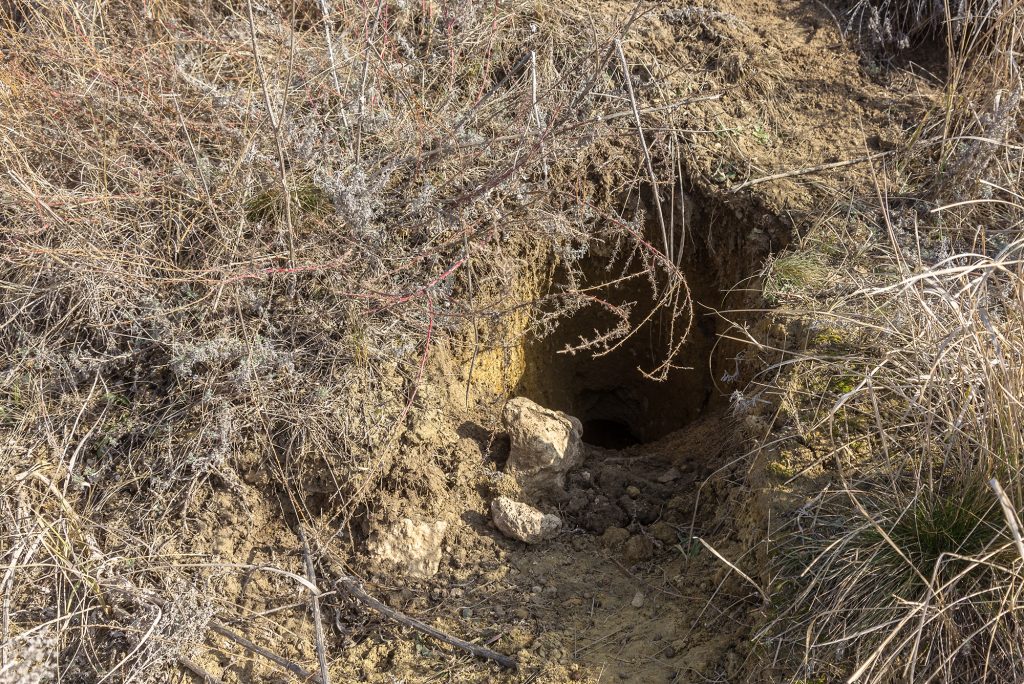
Next to their nests, packrats have middens, structures that hide their debris, including plant materials and crystallized urine. In protected caves and under rock outcrops, some of these middens are over 40,000 years old and are a snapshot of past life in the immediate area.
So researchers wanted to locate these middens, and here is where citizen science came into play.
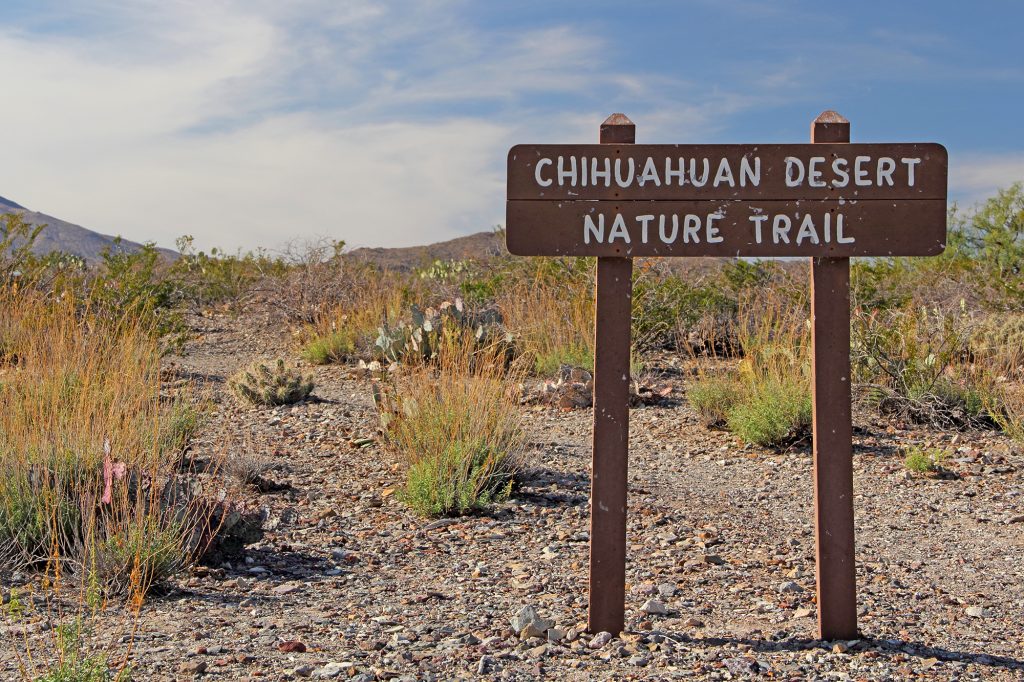
People were asked to report locations of packrat middens they found while out hiking in areas of the Chihuahuan Desert. The procedure was to get as specific of a location as possible, to take photographs so researchers could confirm the find, to note whether there were signs of recent packrat activity, and to try not to disturb the site.
This enabled researchers to study a variety of data sources they would otherwise not have had the time or resources to obtain.
Wherever you are, there are unique species to study, and a variety of signs to indicate animal activity.
The next section explores how to transform data into information, knowledge, and wisdom.

Check your knowledge. Can you:
- outline the requirements for the final field guide and construct the introduction page?
- list examples of activities citizen scientists can carry out to assist in developing science knowledge?
- describe how citizen science has impacted knowledge about packrats?



